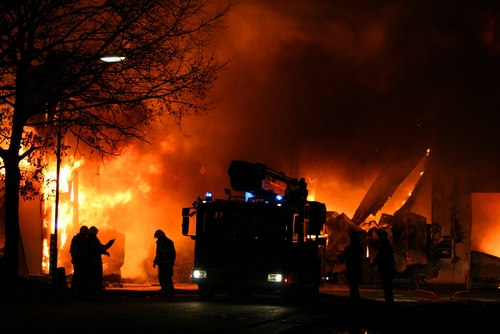Earlier this year, a fire investigator advised me that the 2011 edition of NFPA 921, Guide for Fire and Explosion Investigations, would be coming out in February. He alerted me that the new edition was “doing away with the process of elimination method for determining the cause of a fire.” Not much later a client called me with similar news and to ask what that meant to the viability of our 
Indeed, in the 2011 edition of NFPA 921, the entirety of Chapter 18 dealing with Fire Cause Determination has been rewritten. Contrary to the concerns of the excited fire investigator and the worried client, the process of elimination remains alive and well.
I suspect that the trigger for their concern was the heading to section 18.6.5 ("Improper Process of Elimination"). Reading the title of the section without the content might lead one to conclude that the NFPA was advocating that the process of elimination may no longer be used to determine the cause of a fire. That is not the case. Section 18.6.5 relates to "negative corpus" or the process of determining the ignition source for a fire by eliminating all ignition sources found, known, or believed to have been present in the area of origin, and then claiming such methodology is proof of an ignition source for which there is no evidence of its existence.
In contrast, we sometimes can eliminate all ignition sources, but one, thereby revealing the cause of a fire. That is exactly the process advocated by the NFPA. Section 18.5 in NFPA 921 (2011 ed.) states that "Systematic evaluation (hypothesis testing) is … conducted with the elimination of those hypotheses that are not supportable (or refuted) by the facts discovered through further examination." Section 18.5.2 instructs that the investigator should also carefully consider potential ignition sources which do not correspond to a physical device that can be recovered. Section 18.6 reads: "Each of the alternate hypotheses that were developed must then be tested using the Scientific Method. If one remaining hypothesis is tested using the ‘scientific method’ and is determined to be probable, then the cause of the fire is identified."
As Dr. Vytenis Babrauskas (renowned author of The Ignition Handbook) commented in committee: "The Process of Elimination is, in fact, the cornerstone of the Scientific Method."



